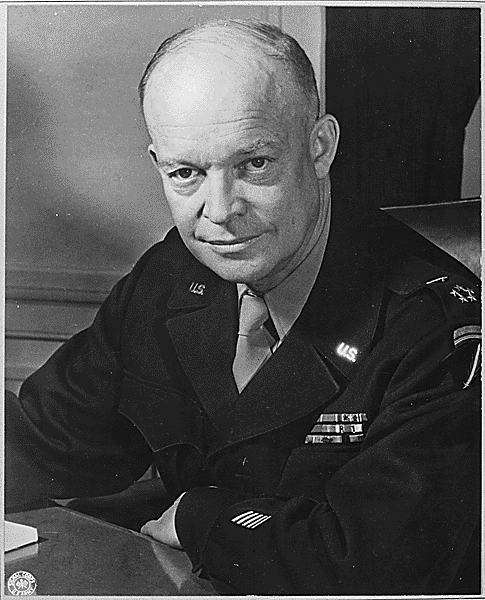 | ||
A conversation with the deputy supreme allied commander europe
Supreme Allied Commander is the title held by the most senior commander within certain multinational military alliances. It originated as a term used by the Western Allies during World War II, and is currently used only within NATO. The current NATO Supreme Allied Commander is U.S. General Curtis M. Scaparrotti.
Contents
- A conversation with the deputy supreme allied commander europe
- Opening remarks by supreme allied commander europe nato chiefs of defence meeting 23 jan 2014
- World War II
- NATO
- References
Opening remarks by supreme allied commander europe nato chiefs of defence meeting 23 jan 2014
World War II
During World War II, the Allied leaders appointed Supreme Allied Commanders to manage the multi-nation, multi-discipline fighting forces for a particular theatre of war. These Supreme Allied Commanders were given operational control over all air, land, and sea units in that theatre. In other cases, senior commanders were given the title Commander-in-Chief.
These Supreme Allied Commanders – were drawn from the most senior leaders in the British Armed Forces and United States Armed Forces. These commanders reported to the British/American Combined Chiefs of Staff, although in the case of the Pacific and South East Asia, the relevant national command authorities of the American Joint Chiefs of Staff or the British Chiefs of Staff Committee had responsibility for the main conduct of the war in the theatre, depending on the Supreme Commander's nationality.
General of the Army Dwight D. Eisenhower served in successive Supreme Allied Commander roles. Eisenhower was the Commander-in-Chief, Allied Force for the Mediterranean theatre. Eisenhower then served as Supreme Commander Allied Expeditionary Force (SCAEF) in the European theatre, starting in December 1943 with the creation of the command to execute the Battle of Normandy and ending in July 1945 shortly after the End of World War II in Europe. In 1951, Eisenhower would again be a Supreme Allied Commander, the first to hold the post for NATO (see next section).
Field Marshal Henry Maitland Wilson succeeded Eisenhower in the Mediterranean theatre, given the title Supreme Allied Commander Mediterranean. Wilson was succeeded by Field Marshal Harold Alexander, who continued in charge of those Allied forces until the end of the war.
Admiral of the Fleet Lord Louis Mountbatten was Supreme Allied Commander South East Asia (SACSEA) throughout most of its existence. He replaced General Archibald Wavell.
General of the Army Douglas MacArthur was appointed Supreme Allied Commander, South West Pacific Area (SWPA) on 18 June 1942. However, he preferred to use the title Commander-in-Chief. During the Allied occupation of Japan following the war, MacArthur held the title of Supreme Commander for the Allied Powers (SCAP).
NATO
The term came into use again with the formation of NATO in 1949. In 1952, Allied Command Europe was established, led by Dwight D. Eisenhower. He became the Supreme Allied Commander Europe (SACEUR). Soon afterwards, Allied Command Atlantic was established, at Norfolk, Virginia, under a U.S. Navy admiral. His title was Supreme Allied Commander Atlantic (SACLANT), and the entire command was usually known as SACLANT. Both Supreme Commander have, until 2009, been American, with a deputy commander from another NATO member, though only British and Germans have held the post.
In June 2003, the commands were reshuffled. One command was given responsibility for operations, and one for transforming the military components of the alliance to meet new challenges. In Europe, Allied Command Operations was established from the former Allied Command Europe, and given responsibility for all NATO military operations worldwide. However, for legal reasons, SACEUR retained the traditional title including Europe. In the United States, SACLANT was decommissioned and Allied Command Transformation established. The headquarters of ACT is at the former SACLANT headquarters in Norfolk, Virginia, USA. Each has a Supreme Allied Commander as its commander.
